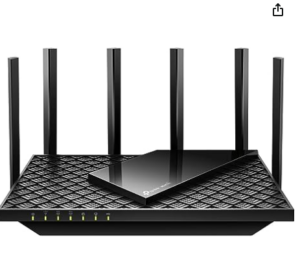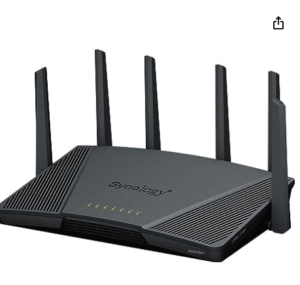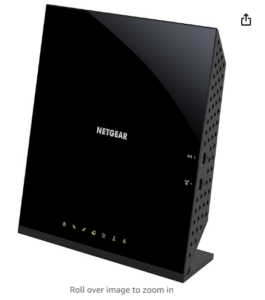Every home internet connection requires a few essential pieces of equipment. One of them is a router, which allows all of your devices to connect to your home network via Wi-Fi or cables. A reliable and efficient router is essential for ensuring a seamless online experience, including everyday activities like streaming, gaming, and Zooming into a conference call.
So, you’re asking, which router do I buy? We’ve got a few specific suggestions for you below. But more importantly, we’ll help you understand what to look for in a router so that you can get the perfect piece of equipment, whether you’re a hyper-connected work-from-homer or a rural farmer using satellite internet to check if there’s a hard freeze coming.


